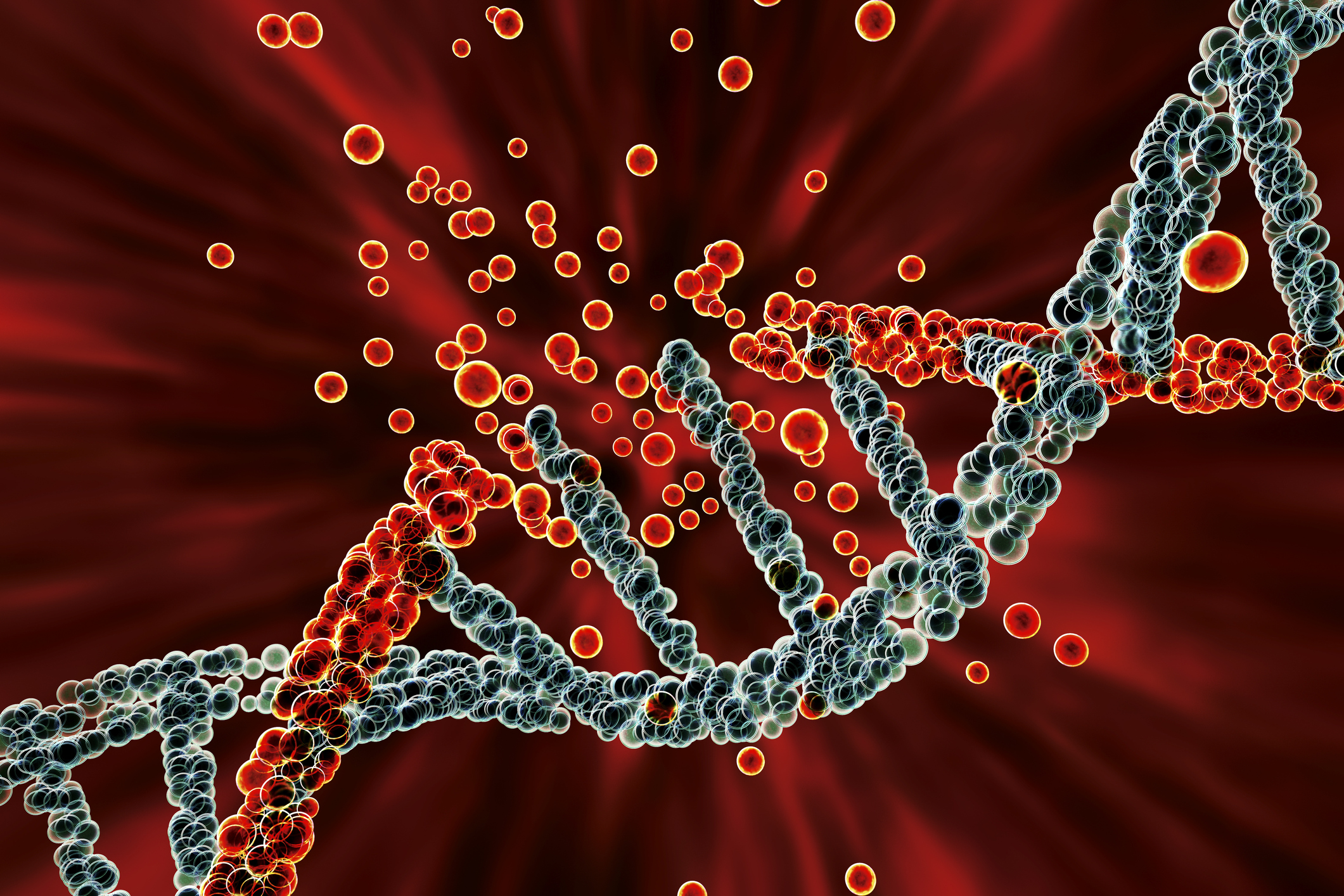PACKING A PUNCH
THE ESSENTIAL ROLE OF ANTIBODY REAGENTS IN RESEARCH
The reagents used in day-to-day experiments are a numerous, but often underappreciated resource. The impact they can have on life science research is huge. Commercialising and sharing your reagents can have a significant impact on someone else’s career. Here’s a few examples of how reagents have affected the research and career of one researcher
Advent of monoclonal antibodies against cell surface markers
In the early 1970’s, Professor Peter Beverley was fortunate to receive a myeloma cell line from César Milstein. This myeloma cell line was fundamental to the hybridoma technique used to produce monoclonal antibodies. Cesar Milstein and Georges Köhler were awarded the 1984 Novel Prize for Physiology or Medicine for this technique, as it was one of the most important methodological advances in biomedicine during the 1970s. In addition, having access to this myeloma cell line meant Peter Beverley’s laboratory was one of the first in the world to start making monoclonal antibodies against leucocyte cell surface antigens. Without the myeloma cell line Peter would not have made the still widely used Anti-CD3 antibody UCHT1 or the Anti-CD45RO antibody UCHL1.
Primary tumour idenfication
Many of the antibodies created by Professor Beverley and his laboratory were key in establishing a better understanding of human immune responses, especially for leukaemia. Some of these antibodies were also applied to tumour cells to try and better define their nature. This is important, because at the time, in the 1980s, for 10% of cancer patients, even after performing a tumour biopsy, you still couldn’t identify where the primary tumour was. The use of antibody reagents made identifying the source of the cells possible. Using antibodies for this purpose was quite new at the time and was promoted heavily to the pathology department at University College Hospital (UCH). The pathology department found these antibodies very useful in staining frozen cancer sections to determine the tissue origin of the cells and improve patient treatment regimens to target the primary tumour.
HIV receptor discovery
The prolific production of monoclonal antibodies in the late 1970s - early 1980s and sharing of these reagents also had a huge impact on the discovery of the cellular receptor used by HIV to infect cells. At the time, Peter and his colleague had around 140 antibody reagents in the lab. This was due to Peter’s significant involvement in a categorisation campaign begun in 1982, known as the International Workshop and Conference on Human Leukocyte Differentiation Antigens (HLDA). This initiative aimed to avoid duplication and confusion where many groups were making monoclonal antibodies, potentially against the same targets. Professor Peter Beverley shared these antibodies with Robin Weiss at the Institute of Cancer Research who was studying HIV at the time. When mixed with blood lymphocytes the HIV cells would form syncytia as the virus infected the lymphocytes. By incubating the cell line and the blood lymphocytes with a panel of antibodies against different cell surface markers and seeing which antibody inhibited syncytia formation, they were able to identify CD4 as the receptor for HIV. This was a very quick and exciting result as the experiment only took 24 hours, before the results were seen. However, the experiment benefited from a great amount of prior work and collaboration to generate and collate the panel of monoclonal antibody reagents. Without these monoclonal antibody reagents, the discovery of one of the receptors of HIV would have taken a lot longer.
A vaccination approach rethink - Lymphocyte kinetics research
Another research area where antibody reagents have proved invaluable is in defining the kinetics of lymphocytes. The question was - were naïve cells short-lived whereas memory cells hang around? Memory cells are cells that have been exposed and responded to a pathogen, whereas naïve cells are cells that have not had any exposure to a pathogen and so can respond to novel or unfamiliar pathogens. The theory was that you’d want your memory cells to persist, so they are ready when the body is attacked by an infection that the memory cells can recognise and identify. Peter Beverley’s laboratory studied this by labelling cells with the non-radioactive isotope deuterium. Heavy glucose (which has hydrogen replaced by deuterium) was intravenously infused into healthy volunteers. The deuterium is incorporated into the DNA of dividing cells. The investigating group took blood samples at regular time intervals and then separated the naïve and memory cells using monoclonal antibodies against their cell surface markers, before determining the level of deuterium present. The results showed that, unlike the memory cells, the naïve cells hardly divide at all. It was inferred from the result that the naive cells survive for years, whereas memory cells divide relatively rapidly causing the memory cells to eventually disappear as the telomeres of the cells are depleted. This research would not have been possible without the monoclonal antibody reagents.
Discover how you could partner with us to commercialise and license your reagents:

